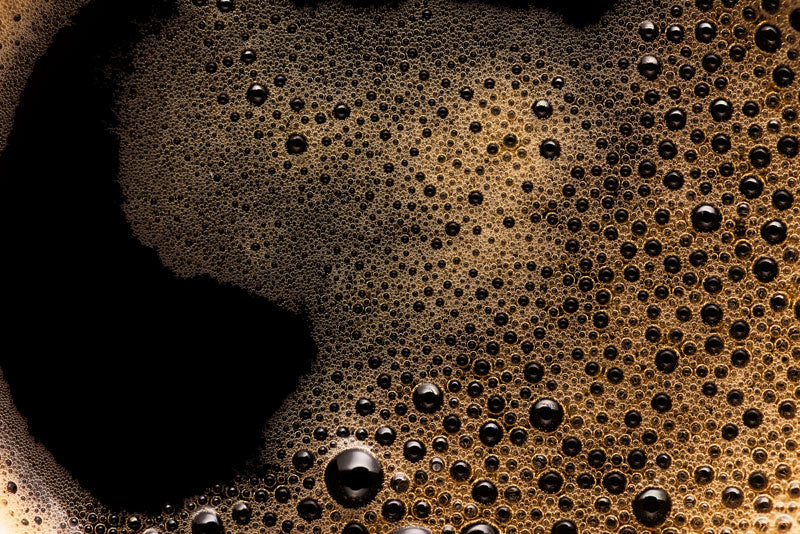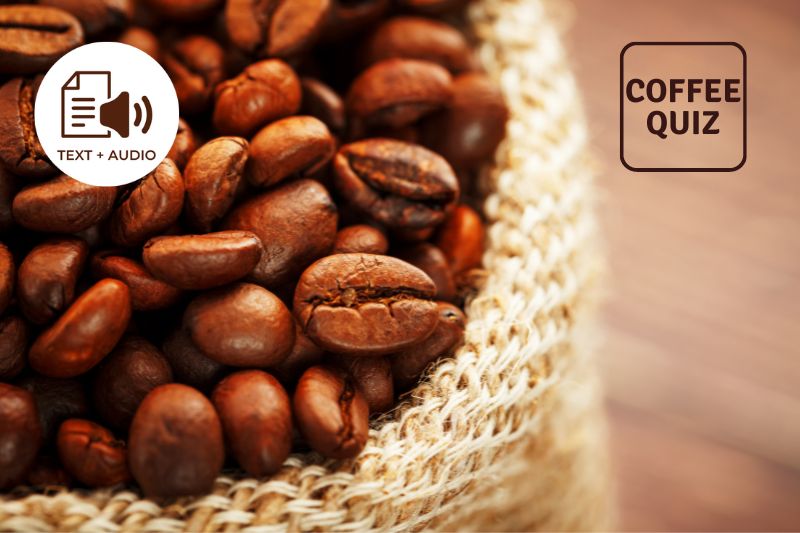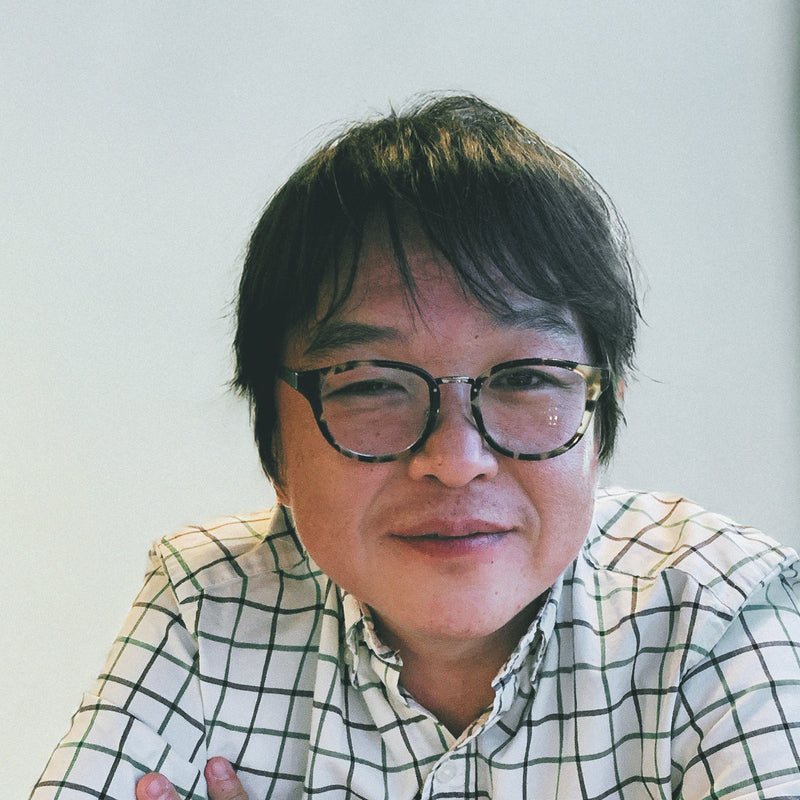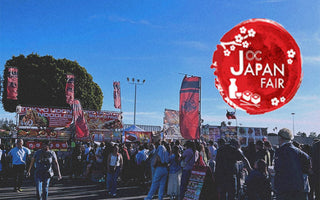Why are coffee beans decaffeinated? Who came up with this idea? What procedures are there for this and are they harmful to health?
Many people are asking the above questions and for a good reason. There are a few processes for coffee decaffeination and it’s best you know what happens during these processes and how that affects your coffee.
Today, I will talk to you about two of these processes: the direct solvent process, and the indirect solvent process.

How it all started
The year is 1903. Ludwig Roselius, a Bremen coffee trader and founder of the well-known coffee brand “Kaffee HAG”, produces decaffeinated coffee for the first time. The reason for this was a sad one. Shortly before that, his father dies and Roselius attributes his death to an excessive consumption of coffee and caffeine.
So he took it into his own hands and examined the effects of the delicious drink on the human body. After about three years of research, he developed a method to decaffeinate the coffee beans - the Roselius process named after him.
Whole beans were placed in salt water to swell and then the caffeine was extracted with the help of benzene. You will hardly find this method anywhere these days, because benzene is a substance that is considered to be carcinogenic.
Caffeine-free Coffee vs. Decaffeinated Coffee
The name is actually self-explanatory - decaffeinated coffee is coffee without caffeine, isn't it? “Caffeine-free” is unfortunately not the right name and often leads to misunderstandings, because the coffee is not completely caffeine-free.
The Federal Ministry for Consumer Protection, Food and Agriculture explains in the Coffee Ordinance: The word “decaffeinated” can be used for green coffee and roasted coffee that contains a maximum of one gram of caffeine in one kilogram of dry coffee.

According to this, decaffeinated coffee still contains small amounts of caffeine - a cup of No Coffee has an average caffeine content of a maximum of 3 mg, whereas a normal cup of coffee has up to 140 mg!
For a long time decaffeinated coffee was accompanied by a bad reputation, today it can easily keep up with caffeinated coffee! In the course of the decades, many processes have been established which, above all, have improved the quality and taste of the coffee. The reason for this is the gentler processing of the beans, so that there is no longer any health risk for coffee lovers.
Two of these methods are the direct solvent process and the indirect solvent process.
The direct method
Here, the caffeine is extracted from the beans using chemical solvents. The coffee beans are left to swell in hot water or steam for about 30 minutes and then treated for 10 hours with various solvents such as dichloromethane and ethyl acetate.
A step that has to be repeated several times in order to achieve the maximum amount of 0.1% caffeine prescribed in the coffee regulation. Ethyl acetate is harmless. It is found in fruits and vegetables, such as cane sugar, from which it is preferably extracted for decaffeination.
With this solvent, the coffee can be described as "naturally decaffeinated". Dichloromethane, on the other hand, is considered carcinogenic and must be completely removed during decaffeination for safe consumption.

The indirect method
The decisive advantage over the processes already mentioned: the indirect method does not require any additives, it works without any harmful chemicals. This is also the case with the Swiss water process from the 1970s, with which our beans are decaffeinated.
The aim here is to extract 99.9% of the caffeine from the coffee beans with just four elements: water, coffee, temperature and a little time. So here, too, raw beans are placed in hot water until the caffeine and solid components have dissolved. This water is filtered through an activated carbon filter, which removes the caffeine molecules.
The filtered, decaffeinated water is then heated and new beans are added. In this process, only the caffeine is extracted because the liquid has already been saturated with the taste-determining ingredients of the coffee beans in the previous step. A time-consuming and costly process.
Although both direct and indirect solvent processes are not harmful to health, unfortunately they both strip the coffee from its natural flavor and aroma. This is why many a time decaf coffee doesn't taste as good. Fortunately, there are other methods like the one we use at Japanese Coffee Co. that ensure your coffee’s taste and aroma remains intact!

Final Thoughts
So, is decaf coffee for you? If you are someone who is considering making the switch to decaffeinated coffee, know that you don’t have to compromise the flavour and aroma of your drink if you choose your coffee beans carefully.
It is a fact that not all decaffeination methods result in tasty coffee so if you want to learn more about the different decaffeination processes, have a look at our article about the Swiss Water Process. Happy Brewing!
Get Free Bonus Books
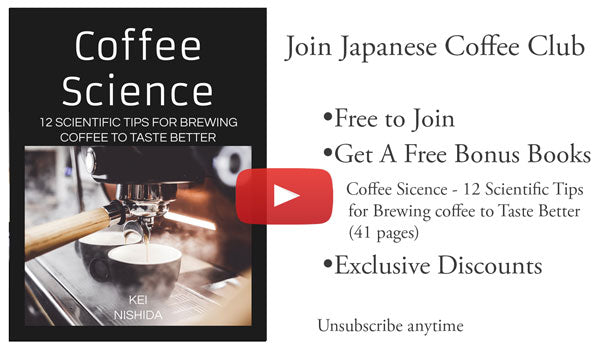
Sign up for free to the Coffee Club to get advice and exclusive articles about how to choose Japanese Coffee, and tips, tricks, and recipes for enjoying Japanese coffee.
About the author
Kei Nishida
Author, CEO Dream of Japan
Certification: PMP, BS in Computer Science
Education: Western Washington University
Kei Nishida is a passionate Japanese tea and coffee connoisseur, writer, and the founder and CEO of Japanese Coffee Co. and Japanese Green Tea Co., both part of Dream of Japan.
His journey began with a mission to introduce the world to the unparalleled quality of Japanese green tea. Through Japanese Green Tea Co., he established the only company that sources premium tea grown in nutrient-rich sugarcane soil—an innovation that led to multiple Global Tea Champion awards.
Building on this success and his passion for Japanese craftsmanship, Kei expanded into the world of coffee, pioneering the launch of Japanese Coffee Co., the first company to bring Sumiyaki charcoal-roasted coffee to a global audience. His dedication to authenticity and quality ensures that this traditional Japanese roasting method, once a well-kept secret, is now enjoyed worldwide.
Beyond tea and coffee, Kei has also introduced Japan’s legendary craftsmanship to the world through Japanese Knife Co., making handmade katana-style knives—crafted by a renowned katana maker—available outside Japan for the first time.
Kei’s journey continues as he seeks out and shares the hidden treasures of Japan, one cup and one blade at a time.
Learn more about Kei


